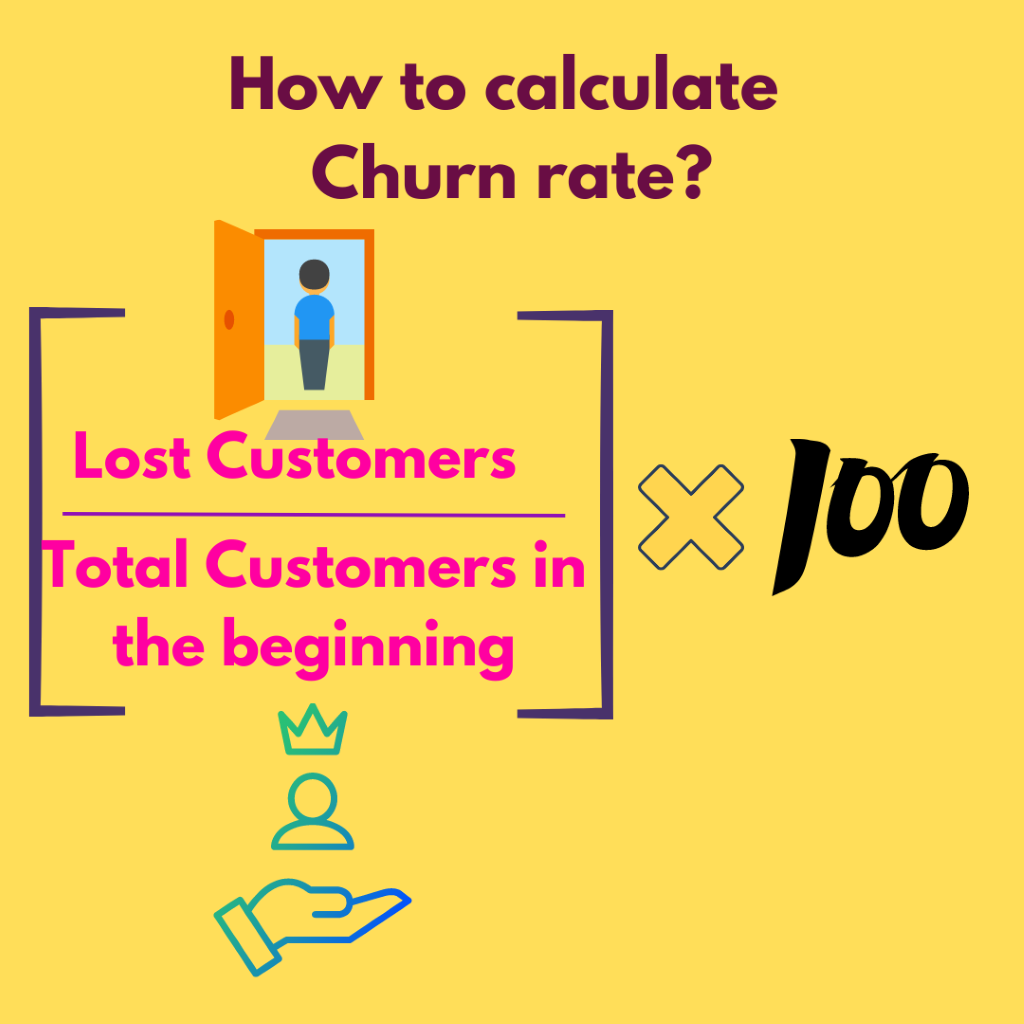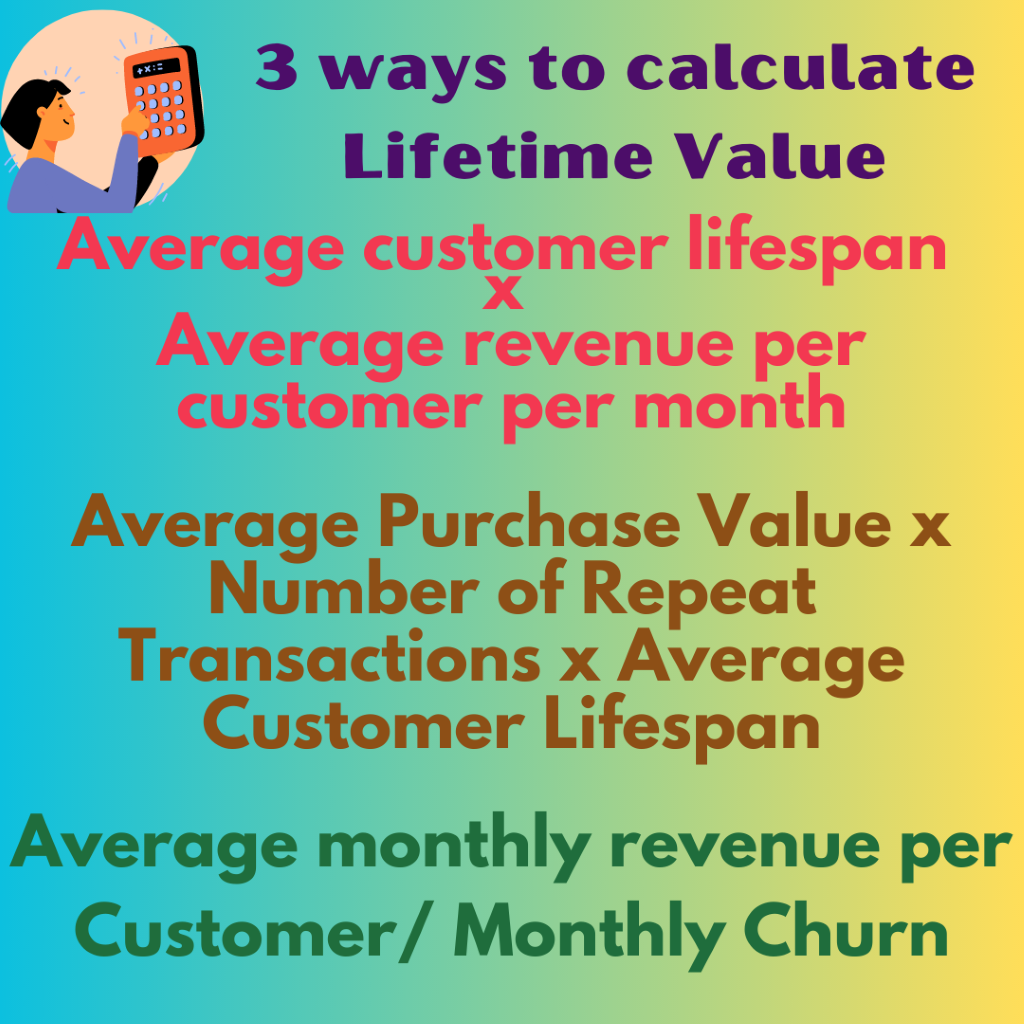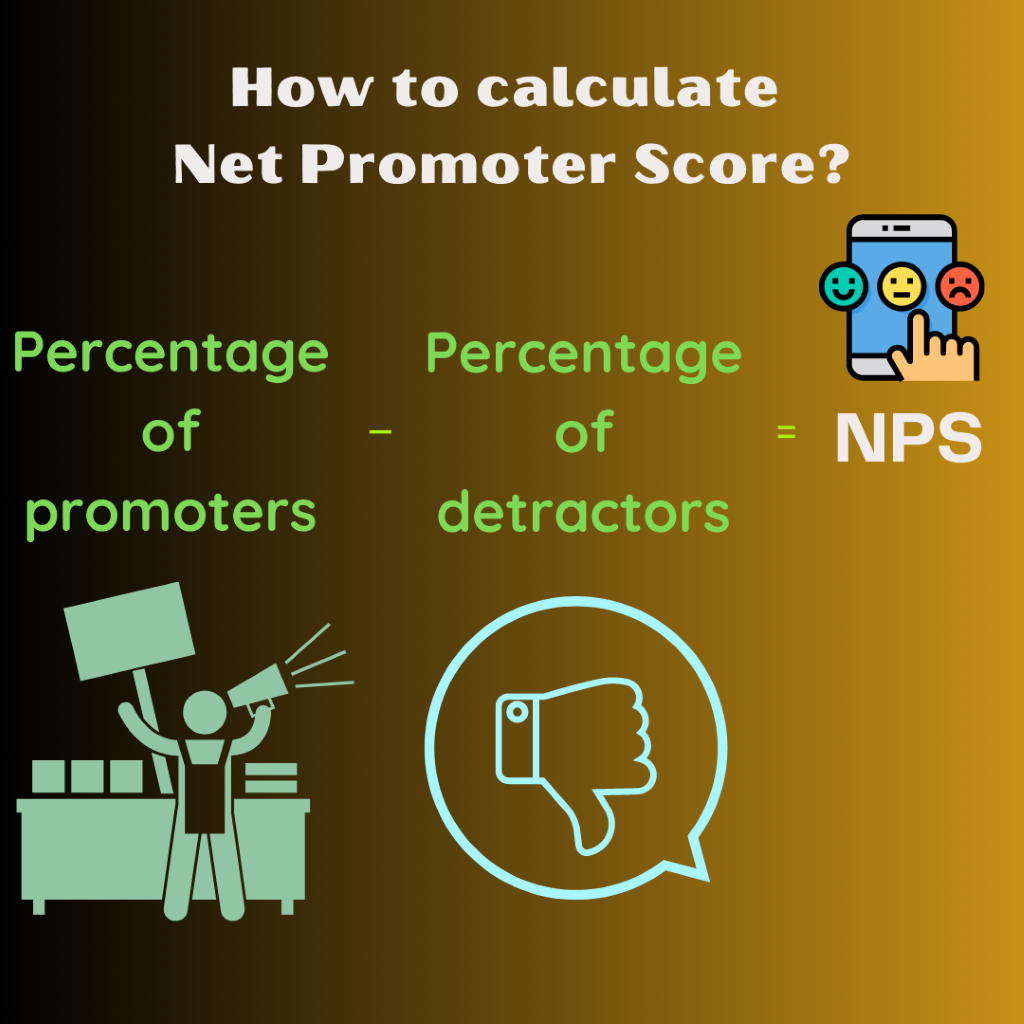Top 5 SaaS KPIs Every Business Needs for Growth

Managing a SaaS(Software as a Service) business is a tough row to hoe. You need to have a handle on multiple tasks at a time to secure your business and race it to the top. It majorly consists of attracting new customers and satisfying & retaining the old ones by keeping them hooked to your product.
That humongous task of upkeeping your customers' trust and living up to their expectations could only be achieved by thoughtful, data-driven decisions when it comes to your marketing, sales, and customer success operations.
Those monumental decisions could be made by tracking the right SaaS metrics and KPIs(Key Performance Indicators).
What are SaaS KPIs?
SaaS KPIs, or software-as-a-service key performance indicators, are metrics used to measure the success of a SaaS business. They are designed to help assess the company's progress and determine areas for improvement.
These metrics can include things like customer acquisition cost, monthly recurring revenue, churn rate, and customer lifetime value. By tracking these KPIs, SaaS businesses can gain insights into their performance and make data-driven decisions to improve their operations.
Here are the Top 5 SaaS KPIs Every Business Needs for Growth
- Monthly Recurring Revenue (MRR)
- Customer Acquisition Cost (CAC)
- Churn Rate
- Lifetime Value (LTV)
- Net Promoter Score (NPS)
Monthly Recurring Revenue (MRR)
Monthly Recurring Revenue (MRR) is a critical KPI for SaaS businesses that offer subscription-based services. It measures the predictable and recurring revenue generated from your subscription-based services each month and also the overall stability of your business.
By tracking MRR, you can identify trends in your revenue growth and make informed decisions about pricing, marketing, and customer retention strategies. It allows businesses to plan and budget for future expenses and investments. If the MRR is declining it might indicate a problem with customer retention or pricing. It is also helpful in tracking the success of promotional activities and identifying customer churn rates.

Customer Acquisition Cost (CAC)
Customer Acquisition Cost (CAC) is another important KPI for SaaS businesses. It measures the cost of acquiring a new customer including marketing and sales expenses, and any other costs incurred during the customer acquisition process.
By tracking CAC, you can determine the effectiveness of your marketing and sales strategies and make adjustments as needed. It also helps businesses determine the profitability of their customer acquisition efforts constituting the cost of property or equipment, needed to convince a customer to buy a product or service.
If the cost of acquiring a customer is higher than the revenue generated from that customer over their lifetime, the business may need to adjust its customer acquisition strategy to be more cost-effective.
Additionally, CAC can be used to spot opportunities for streamlining or optimising the customer acquisition process, such as improving the strategies of marketing campaigns or more effective sales processes.
Churn Rate
Churn rate is a crucial KPI for SaaS businesses as it measures the percentage of customers who cancel or do not renew their subscriptions or services within a given period of time. It is very critical for businesses, as it provides insight into their customer base and the effectiveness of their retention strategies.
A high churn rate can indicate issues with your product or customer service, as it is an indication that the business needs to improve its product or customer support or offer discounts. While a low churn rate is a positive indicator as it points towards customer satisfaction and loyalty.
By monitoring the churn rate and taking steps to reduce it, businesses can improve customer retention, increase revenue, and maintain a healthy and sustainable customer base.

Lifetime Value (LTV)
Lifetime Value (LTV) is a critical KPI for SaaS businesses as it measures the total revenue a customer will generate over the course of their relationship with your company. This metric takes into account not only the initial purchase but also the potential for upsells, renewals, and referrals. This value is based on the amount of revenue a customer generates for the business, minus the costs associated with acquiring and serving them.
By tracking LTV, you can identify which customers are most valuable to your business and focus your efforts on retaining and upselling them. Additionally, investing in marketing efforts to acquire similar customers would also turn profitable for your business. It aids in making informed decisions about pricing, customer retention strategies, and marketing campaigns.

Net Promoter Score (NPS)
Net Promoter Score (NPS) is a KPI that measures customer loyalty and satisfaction. It asks customers how likely they are to recommend your product or service to others on a scale of 0-10 with 0 being "not at all likely" and 10 being "extremely likely". Customers are then divided into three categories based on their responses:
- Customers who score 9-10 are considered promoters. They are considered to be loyal customers who are likely to make repeat purchases and refer others to the business.
- Customers who score 7-8 are considered passives. They are considered to be neutral customers who may be swayed by competitors or changes in the business.
- Customers who score 0-6 are considered detractors. They are considered to be dissatisfied customers who may be at risk of leaving the business.

A high NPS score indicates that your customers are satisfied and likely to recommend your business to others, as they are loyal and satisfied with the business. While a low score indicates that improvements need to be made to improve the customer experience.
NPS can also help you identify areas for improvement and prioritize customer feedback. It can also inform decisions about customer retention strategies, customer service improvements, and marketing efforts.
About us:
MYFUNDBOX is a subscription billing platform that helps businesses handle recurring billing and revenue management operations integrated with payment processing decacorns like Stripe, GoCardless, and Mollie.
MYFUNDBOX provides a single platform to enable customer-preferred payments globally and also is in partnership with Google Cloud.
It was started to help SaaS companies focus on their growth while we make sure they get paid securely and on time.
Schedule a demo call to know more!


